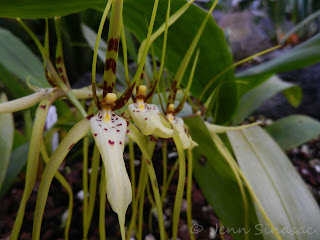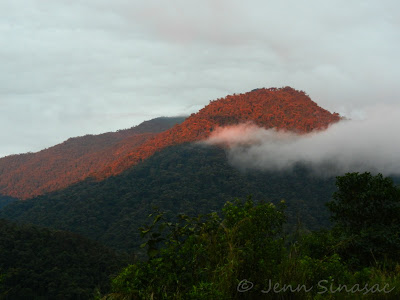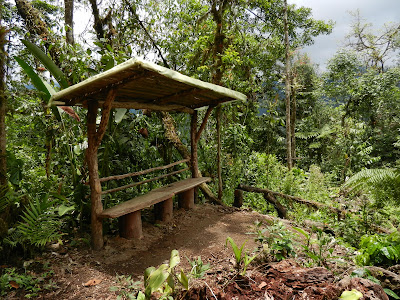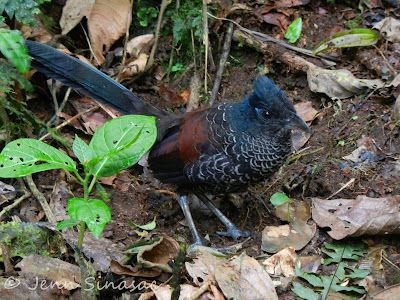Ecuador is an incredibly biologically diverse country. Compared to its surrounding countries in South America, it is rather small - Ecuador has a land surface area of 272 045 km2 and represents only 0.17% of the earth's surface area. Despite this, Ecuador is one of the top 10 most biodiverse countries on Earth, especially when it comes to plants (its #1!).
I recently visited the Botanical Gardens in Quito, located in Parque La Carolina in the centre of the city. I am constantly wanting to learn more about the natural world, especially plants, my weakest link. The Quito Botanical Gardens are a wonderful place to learn about the vegetation zones of Ecuador and get a glimpse of the incredible biodiversity of the ecosystems and plants found within this beautiful country. The walk through the gardens takes you through a majority of the vegetation zones found within Ecuador, including high Andean wetlands, cloud forest (exhibiting a diversity of palms, bromeliads and ferns), paramo, dry thorny shrub zones and the Amazonian lowlands. In addition to highlighting these zones, there are also theme gardens and exhibits including the rose garden, carnivorous plants, exterior orchid gardens and many more.
The main attraction however, are the orchids. There are several small outdoor exhibits for orchids, and a large greenhouse-type building located in the centre of the gardens filled with an incredible diversity of these spectacular plants. The orchid family, Orchidaceae, is one of the largest families of flowering plants on the planet, with approximately 25 000 described species. Orchids are cosmopolitan - virtually found just about everywhere on earth except in glacial zones. In Tropical America, there are up to 250 genera of orchids (compared to approximately 25 genera in North America). Orchids are the dominant plants in Ecuador; 1 out of every 5 plants in Ecuador is an orchid! Ecuador has over 4000 described species of orchids, and hundreds more in the process of classification. On top of that, over 1700 species of orchids are endemic to Ecuador.
Approximately 67% of Ecuador's orchids are mostly found in the highland regions (sierra & cloud forest), 17% are found in the Amazonian lowlands, and 16% are found in the coastal regions. When walking through a humid forest in Ecuador (or anywhere in the tropics), keep an eye out not only on the ground for flowering plants, but up in the trees - 82% of orchids are epiphytic, growing off of the trees, branches, vines and other plants found above the forest floor. Orchids, bromeliads and other ephiphytic plants essentially drip off the trees in these environments and provide homes for an abundance of animals, including frogs and insects. The presence of orchids indicates the health of primary forests.
Almost 20% of Ecuador's land mass is covered by protected areas, but that being said, the deforestation rate is still quite high. This has a huge impact on endemic species in Ecuador. A majority of Ecuador's endemic orchids are at risk. Of 98% of the endemic orchids in Ecuador, 2% are critically endangered, 11% are endangered and 87% are classified as vulnerable. It is so important to protect the fragile forests and all natural environments from loss of biodiversity. These orchids are not only beautiful to see, but are carefully weaved into a very interactive ecosystem of plants and animals that depend on each other for their survival and well-being.
If in Quito, check out the botanical gardens and the beautiful plants and vegetation zones that are featured. If your visit to this spectacular country is short and you don't make it to cloud forest or lowland Amazonian rainforest, at least try to stop by the Quito Botanical Gardens to see and gain an appreciation for the incredible diversity that Ecuador has to offer.
~ Jenn






















